
Well, first of all The Player is principally an underground cocktail bar in Soho, though I usually try to avoid heading down poorly lit staircases in Soho also. But here, I've done some research and Lucky Chip are running the food so I'm guessing it's not too dodgy and we've been told many times, sometimes by people we even trust, that the Lucky Chip burger is potentially the best burger in London. This is of course a mighty claim and needs to be sampled.
Now, The Player isn't the only place where Lucky Chip burgers are available, but of the other two places, one is a 'cosy boozer in East London' between 6-10pm so no lunch service, and the other is 'a burger van double parked in Netil Market' on a Saturday between 12:30pm - 6pm. The Player's offering seems to win on many fronts - apart from the fact that they serve sliders, not burgers. Oh well, compromises sometimes need to be made.
The Player itself is brilliant and I love it not for the vintage Chuck Norris film playing on cathode ray TVs, possibly made in the same year as the film, or for the cocktails, which are brilliant, but rather for the friendly relaxed staff. Being late in the afternoon, I still had near on a full drink as closing time arrived but instead of shooing me out the door as so many uptight drinking places do, they invited me to stay indefinitely as long as I didn't mind if they carried on with a bit of work: of course not.
The menu, in card format, is pretty simple here, though the lunch menu may be a touch more simple than the simple evening menu which is hinted at on a notice board. The deal then: two sliders with fries for £10, a choice of four sides, a couple of home made dips (ketchup is freely available also) and then two dessert options. The slider choices mostly mix up cheese (yellow or blue), bacon (yes or no) and pickles/jalapenos/onions. There's a veggie burger option also.
The second burger, the El Chappo sees the blue cheese completely melted and comes additionally with smoked bacon, roasted jalapenos and aioli. The bacon for me makes this too salty, especially with salty chips and I can't help but feel this would be better without it, but this is a personal preference only, never really understood the need to put bacon on a burger. They may be mini burgers but I in fact struggled to finish, it all adds up to a lot of food.
These were without doubt great mini-burgers, the best I've had, but for me the format doesn't add anything to getting a full sized burger and that would have been my preference, but again, this is personal taste and the opportunity to try two styles of burger will appeal to those who struggle with menu decisions.
Return to homepage
If you Google The Player you'll get lots of links to a silent movie so instead, follow the links below:
The Player
Lucky Chip


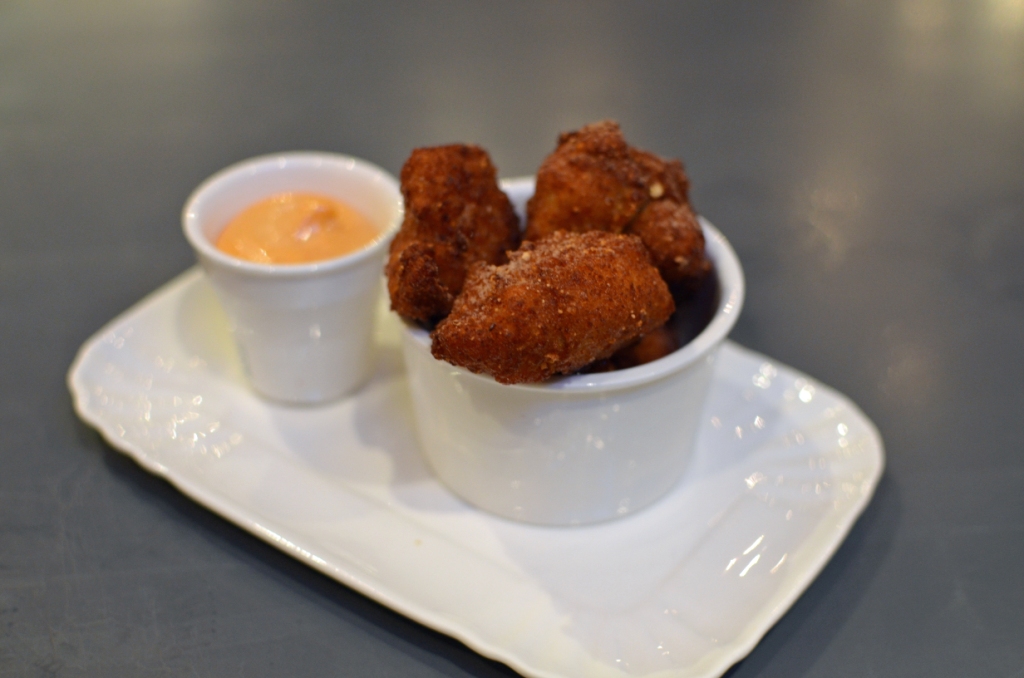







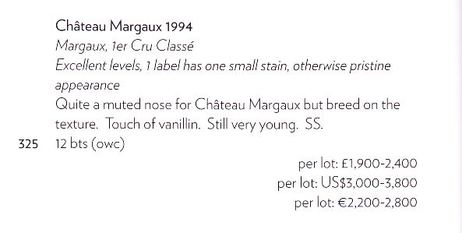

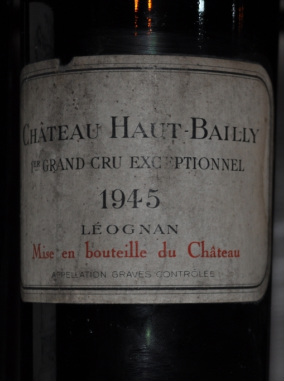

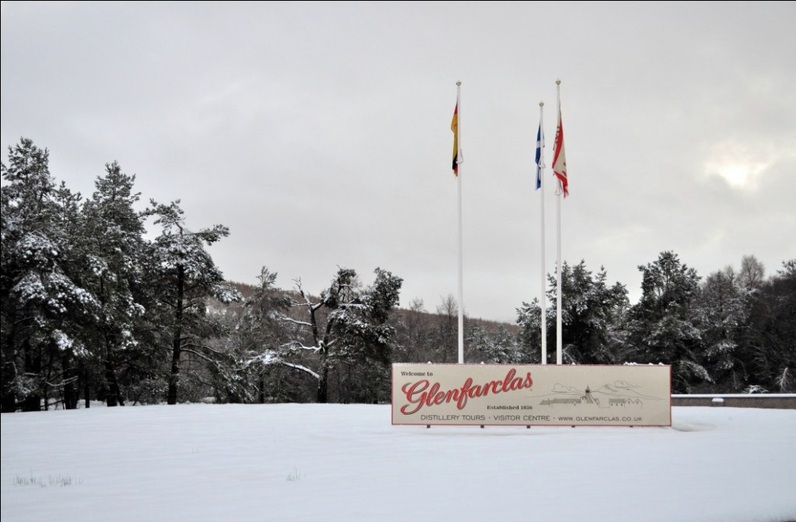

































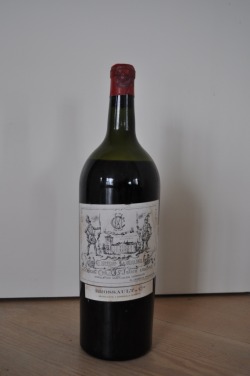

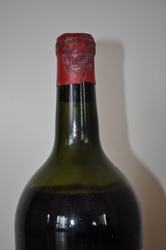
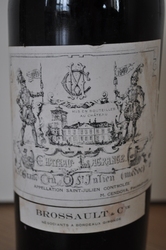

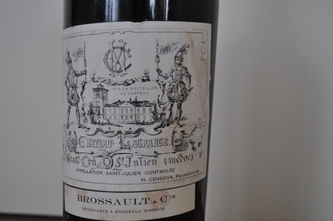








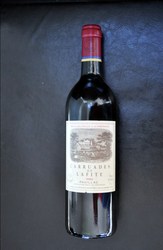
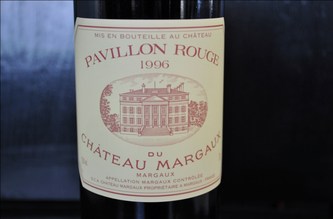
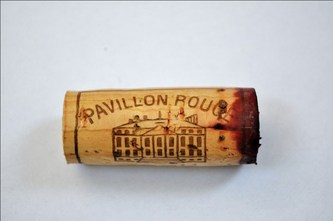

 RSS Feed
RSS Feed